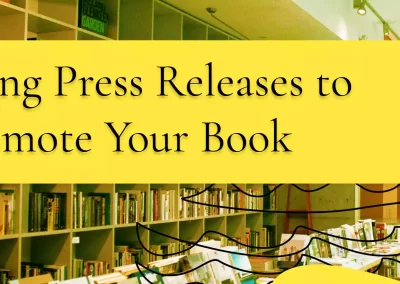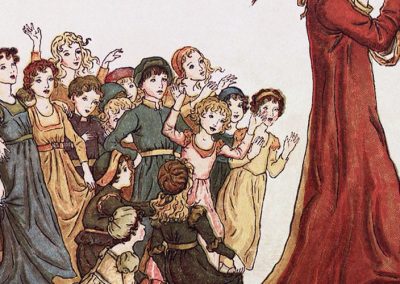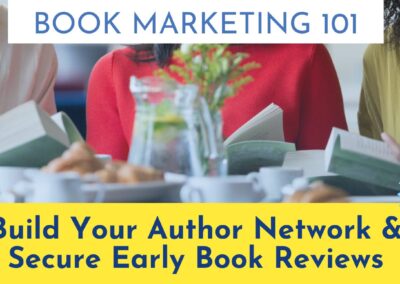I always tell my authors that having a clear vision established is essential for meaningful writing. In my last post, I mentioned the three questions that must be asked to help clarify this vision:
1. Who is reading it?
2. Why are they reading it?
3. How will they change or how will they feel when they are finished reading?
This approach is equally important in both the editing and marketing of books as well. A book about bananas whose primary readership is 8 to 12-year-old children will have a very different feel and flow than a book about bananas whose primary readership is pre-med college students. So how do we know what tone or approach is going to lead to a marketable book?
Large book publishers can look back at the thousands of new titles they have published over the previous months and see which ones grabbed the attention of the market. Smaller publishers may try to learn from their own analysis of amazon.com sales rankings, Barnes & Noble best-seller lists, etc.
But the reality is, the publishing industry is rapidly evolving right before our eyes in almost every conceivable aspect. This means that our learning methods need to evolve as well.
The better small publishers and self-published authors out there understand that they should no longer be taking the lead from the big boy houses in NYC. Staying flexible and modern in the new world of books means paying attention to what the little guys are doing.
I don’t want to know how a large, publicly-traded 9-figure corporation is getting its books sold. I want to know how that independent author down the street sold 250,000 copies of his book about the wonderful world of masking tape.
Staying ahead of the curve has two critical components, as far as I can see:
1. Observation of changes in the book-selling market
2. Putting new strategies into action quickly
I do something on a weekly or bi-weekly basis that I recommend to every author, independent marketer or small publishing company. I set aside specific time during my week that has only one goal: learn something new and critical about what people are reading or how they are buying.
Today I came across a great story of an author who has sold over 1 million copies of his ebooks. You may not believe that selling a million copies of your book is a reasonable goal (c’mon, don’t be so pessimistic!); but this is a perfect example of somebody observing the changes in the book world and finding new strategies to match.






